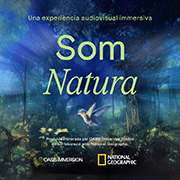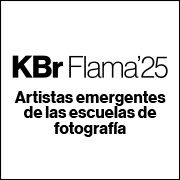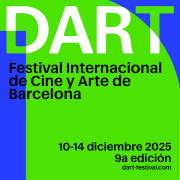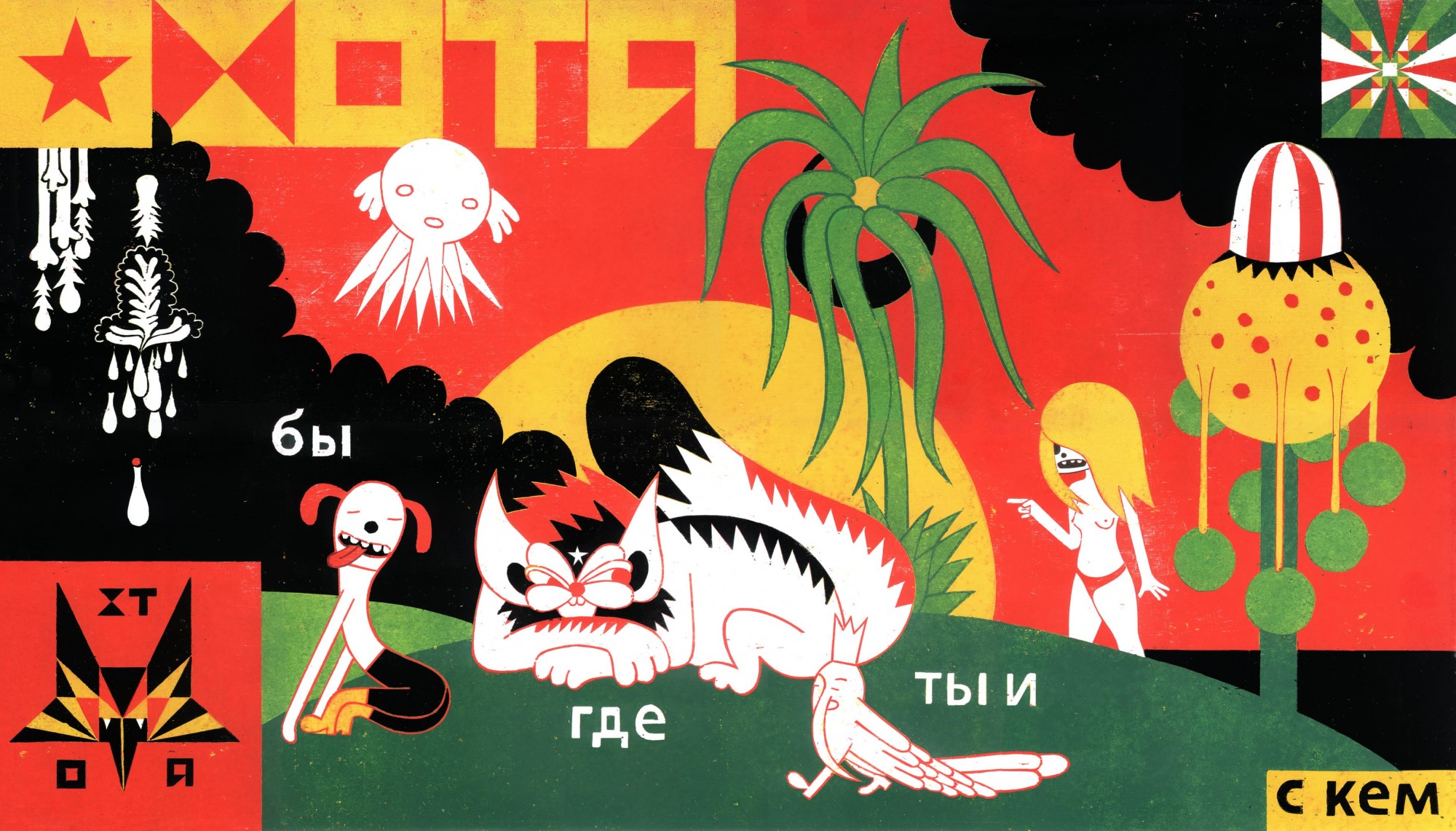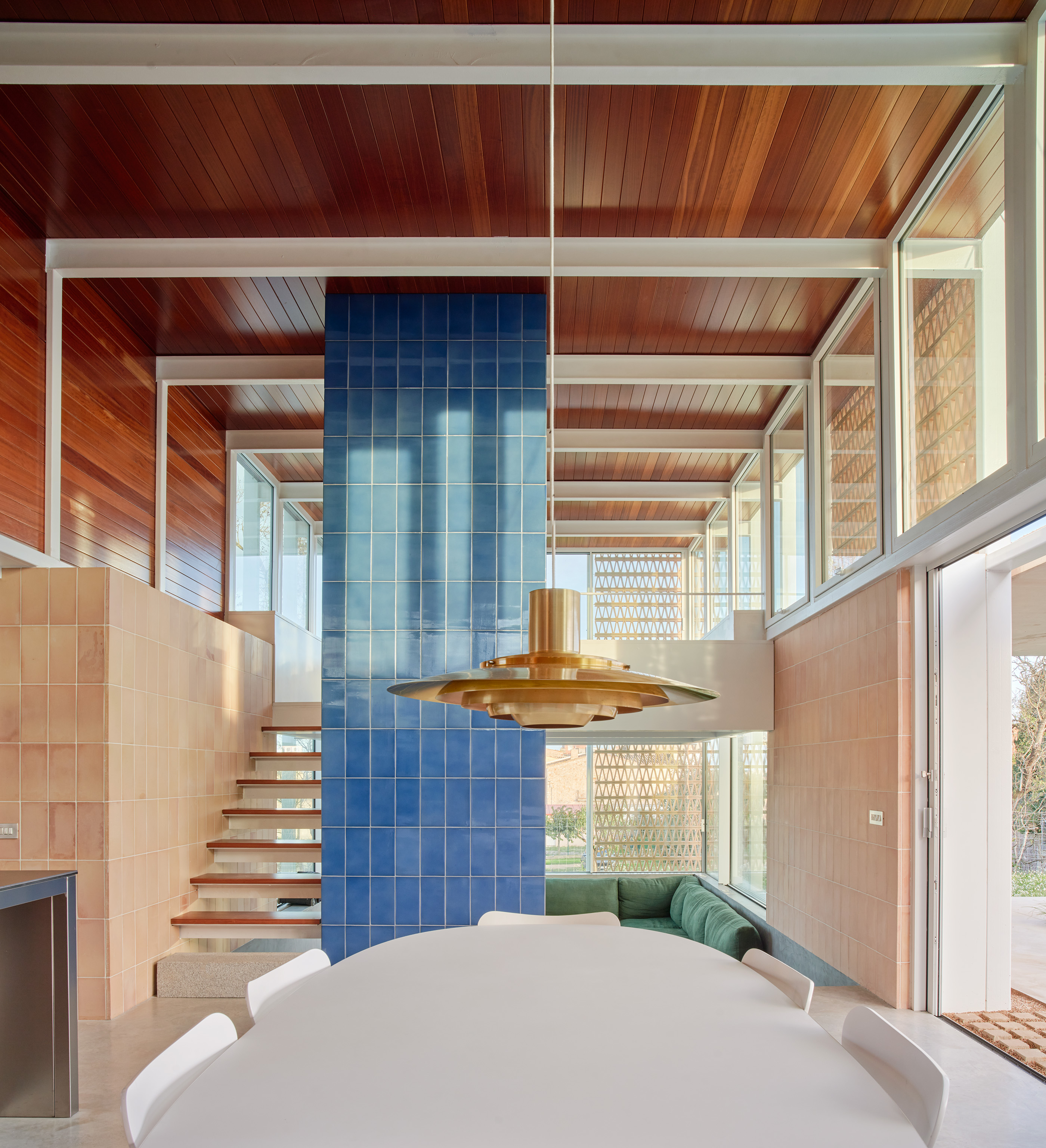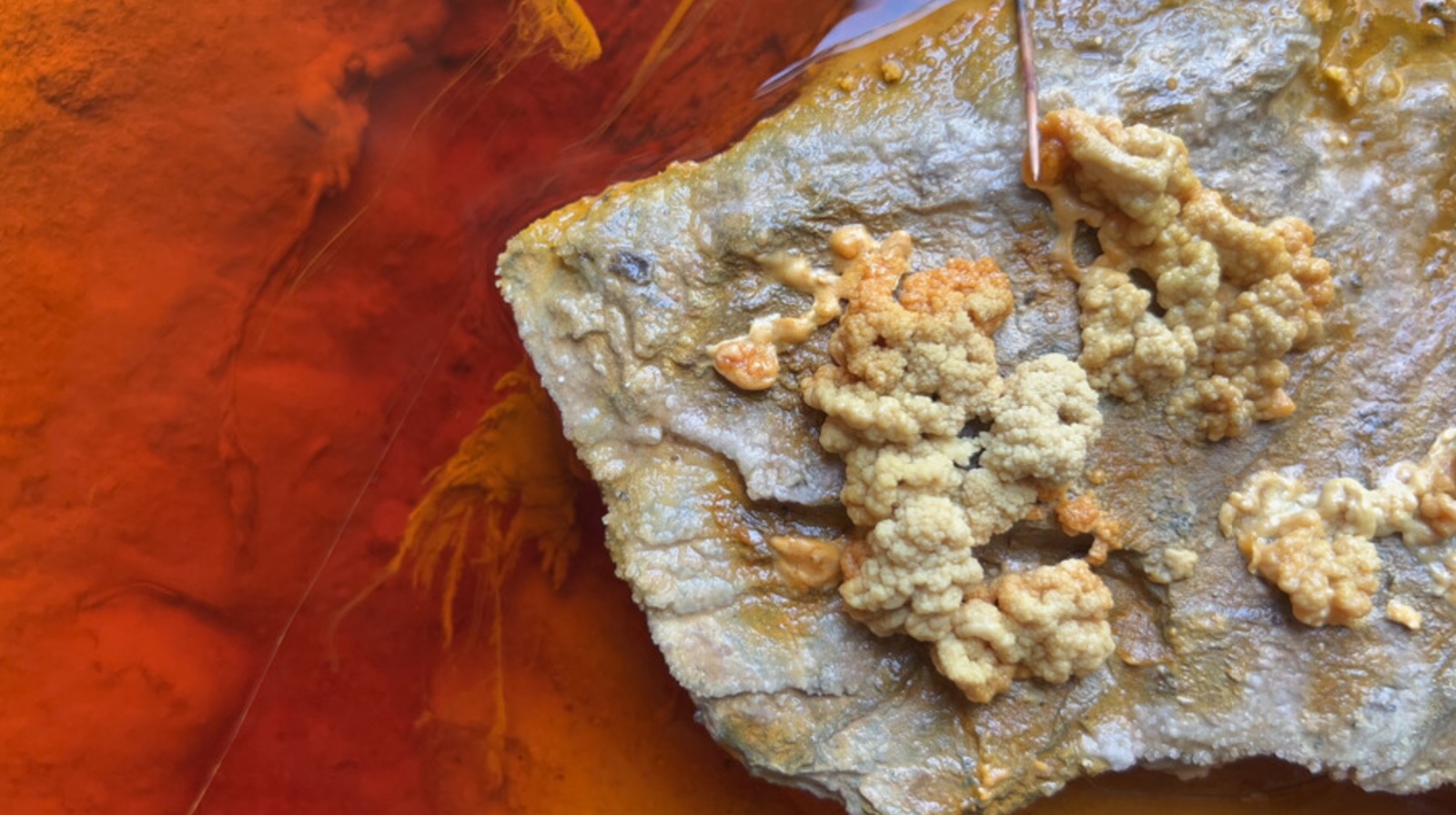Exhibitions
Origin: a dialogue between past and present
The Sorigué Foundation and the Lleida Museum unite historical heritage and current creation in an exhibition that connects eras, questions and perspectives through art.
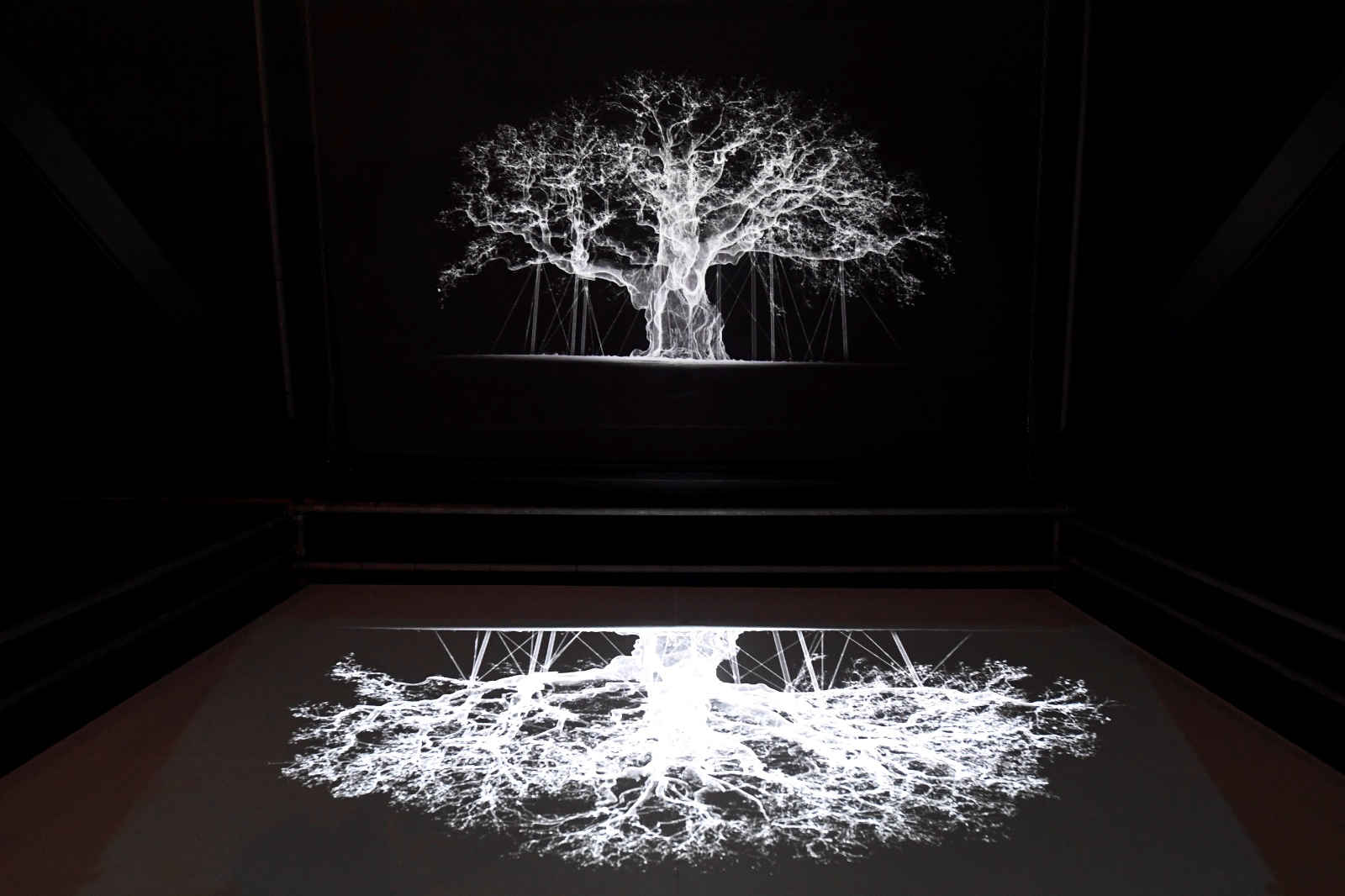
The Lleida Museum has been hosting a conversation between eras since yesterday, a meeting between past and present under the title Origen, by the Sorigué Foundation . Both institutions propose a cross-eyed look in which pieces of contemporary art coexist with objects from the museum's historical heritage. The tour invites us to observe how, despite the centuries that separate the works, many share concerns, ways of representing the world and questions that continue to be valid.
The exhibition, which will be open until January 2026, coincides with the 25th anniversary of the birth of the contemporary collection of the Fundació Sorigué, recently recognized with the “A” Corporate Collection award of Fundación ARCO. This anniversary is a good opportunity to review the points of connection between art and territory, between memory and current events, and between the visual discourses of yesterday and today.
 Blanket III, Liza Lou (2006). Al costat, sarcòfag de pedra, procedent del Convent dels Trinitaris d’Avinganya (Seròs, el Segrià).
Blanket III, Liza Lou (2006). Al costat, sarcòfag de pedra, procedent del Convent dels Trinitaris d’Avinganya (Seròs, el Segrià).
Under the premise that contemporary art does not live in isolation from the past, but in fact often uses it as a starting point to rethink ideas and experiment, a selection of works is articulated that fully reflects this desire to link the current context with a long and complex cultural background. These pieces, in addition to dialogue with their time, revisit and re-signify images and concepts from the past. Among the works that form part of this exchange we find artists who offer personal visions, but closely linked to universal themes. This is the case of Jaume Plensa 's Head, an iron sculpture from his first artistic stage, which already demonstrates his interest in the human figure, not only from the formal side but also from its emotional and psychological dimension. This work is exhibited in the area of the museum dedicated to Prehistory, where the evolution of the human species and the persistence of the remains that tell us who we are are discussed.
Miquel Barceló , with his piece Peinture pariétale sur toile, which refers to cave paintings, establishes a direct link with the oldest artistic legacy preserved in the lands of Lleida, such as the scenes of the Roca dels Moros del Cogul. His work plays with the idea of art as a trace left by the human being, as a symbolic and vital act at the same time.
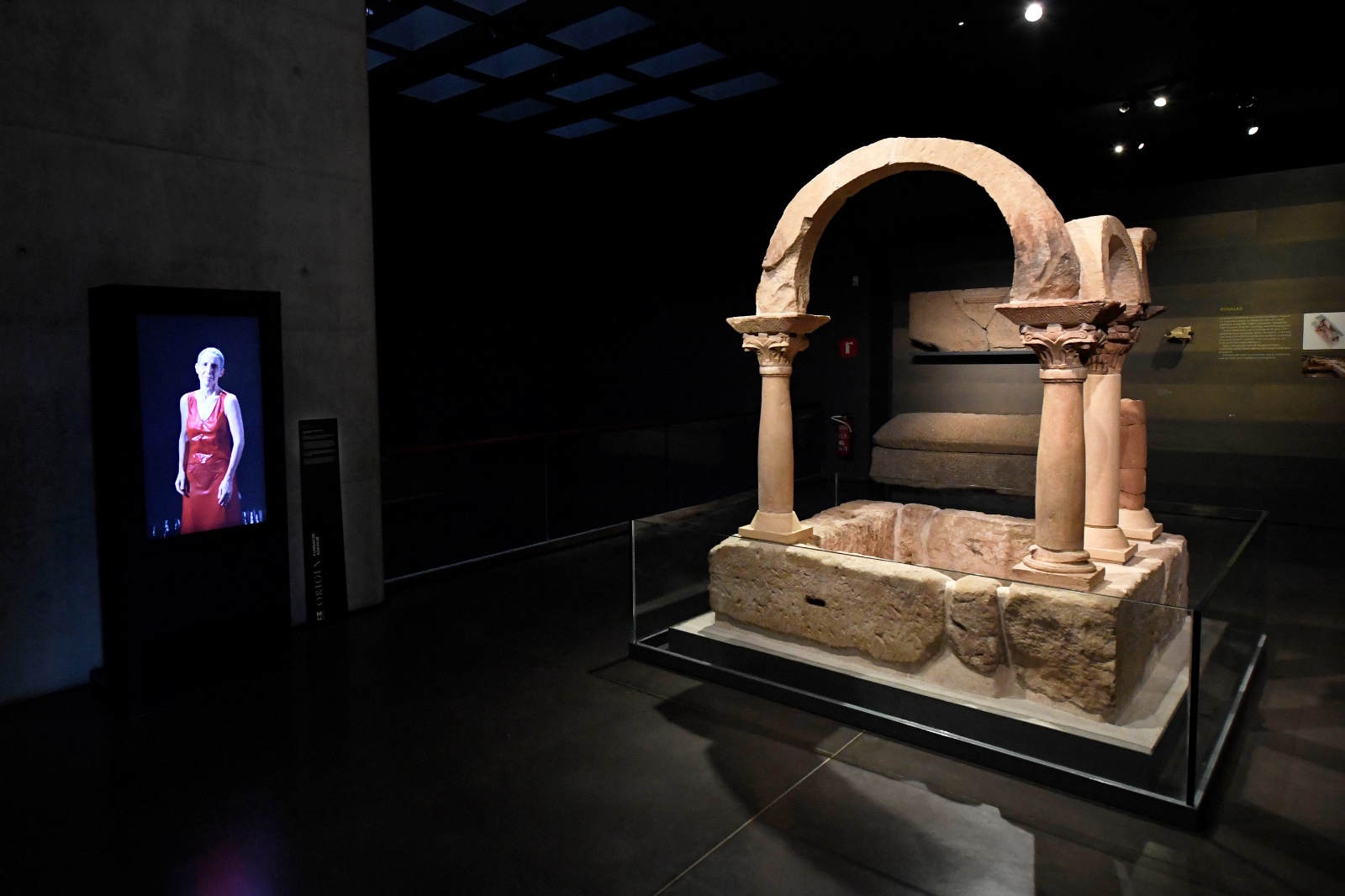 The Return, Bill Viola (2007). Al costat, baptisteri d’El Bovalar, una construcció en pedra, procedent de la basílica paleocristiana del poblat del Bovalar (Seròs, el Segrià).
The Return, Bill Viola (2007). Al costat, baptisteri d’El Bovalar, una construcció en pedra, procedent de la basílica paleocristiana del poblat del Bovalar (Seròs, el Segrià).
Origen also dedicates a space to reflect on the relationship between society and technological advances. Armin Linke 's Blind Sensorium, a video installation that precedes the museum's archaeology collections, brings together more than a decade of fieldwork on how people transform and perceive their environment. Installed in the central space of the museum, this piece functions as a starting point for an exhibition that also speaks to us about the imprint we are leaving on the world. Anselm Kiefer presents Der Rhein, a work in which the book acts as a metaphor for the transmission of knowledge and shared memory. This piece, which evokes a journey along the Rhine River, is exhibited very close to a jewel of local heritage such as the Lleida Bible, a monumental codex full of illustrations and ornamental details, with which it establishes a deep visual and conceptual dialogue.
Origen also includes many other works by artists such as Aziz + Cucher , Montserrat Soto , Chuck Close , Bill Viola , Joana Escoval , Daniel Libertad , Matt Collishaw and Liza Lou , among others. All of them contribute to enriching a proposal that does not aim to close any story, but rather to favor the coexistence between different languages and eras, and to continue to foster reflection through contemporary art as a space for communication, questioning and debate.
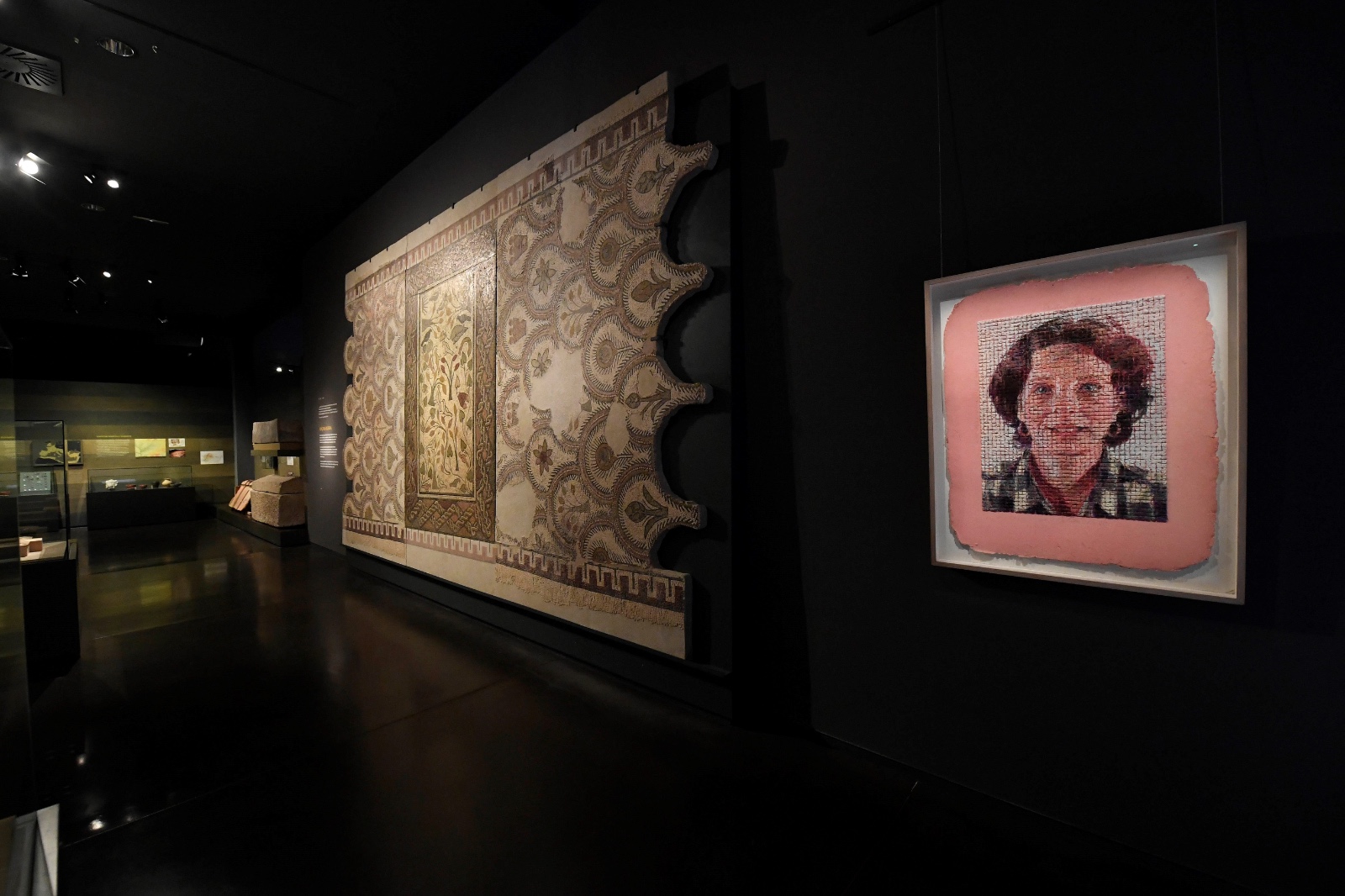 Leslie / Pastel, Chuck Close (1985). Al costat, els mosaics de la vil·la romana del Romeral (Albesa, la Noguera).
Leslie / Pastel, Chuck Close (1985). Al costat, els mosaics de la vil·la romana del Romeral (Albesa, la Noguera).


